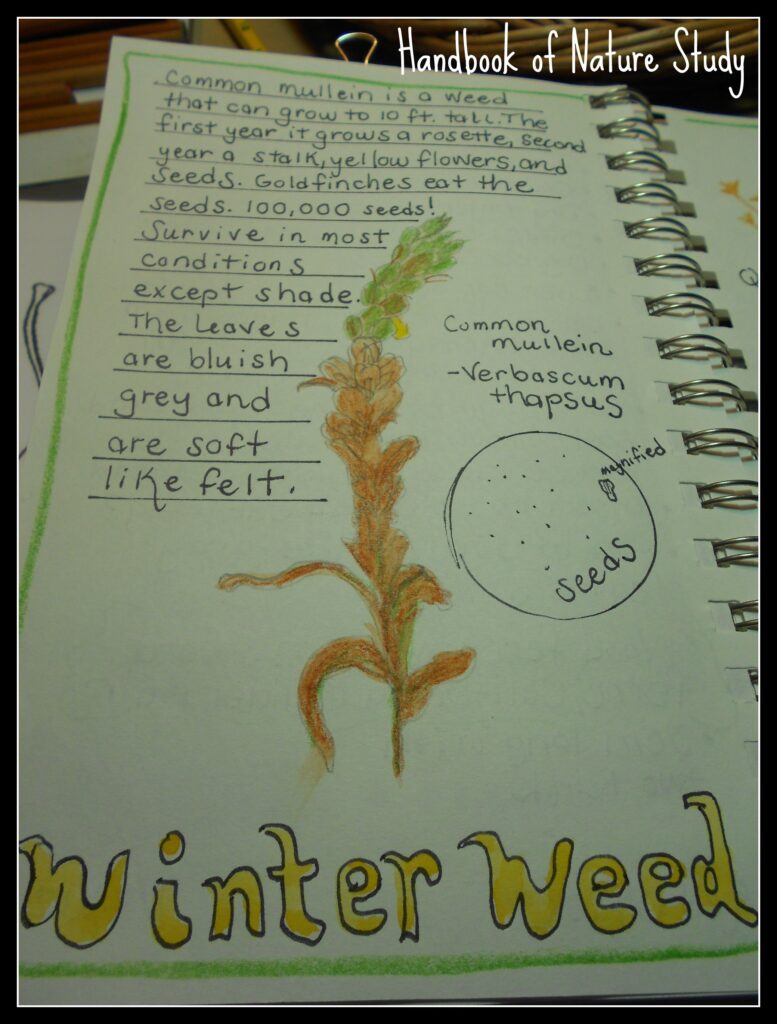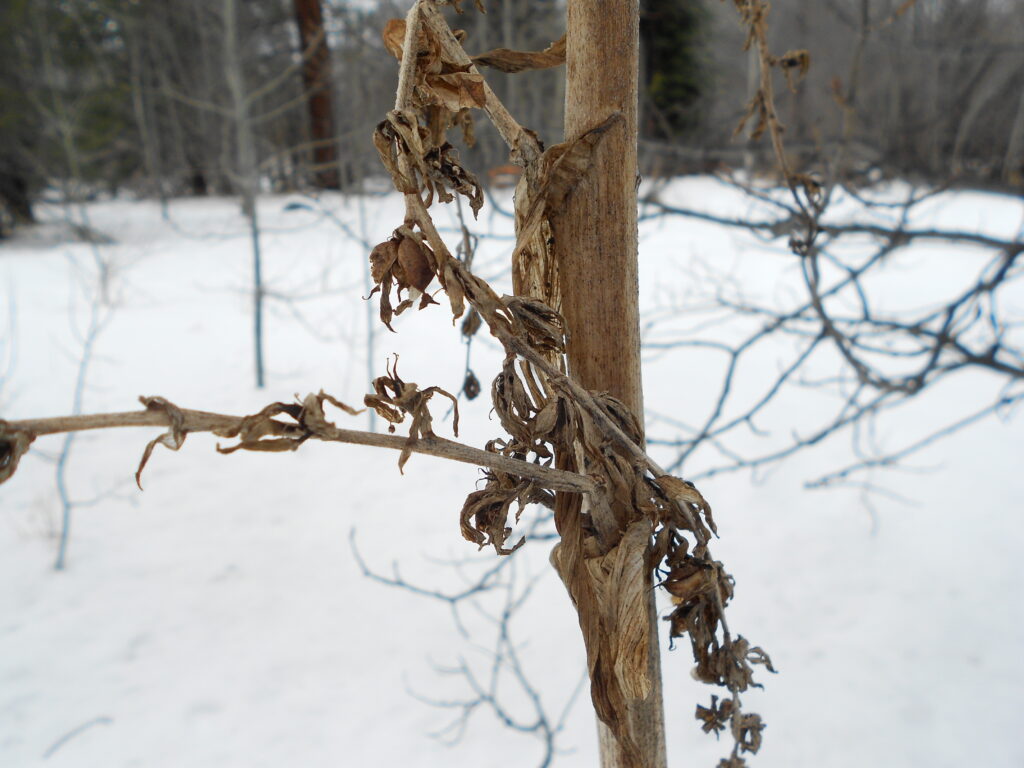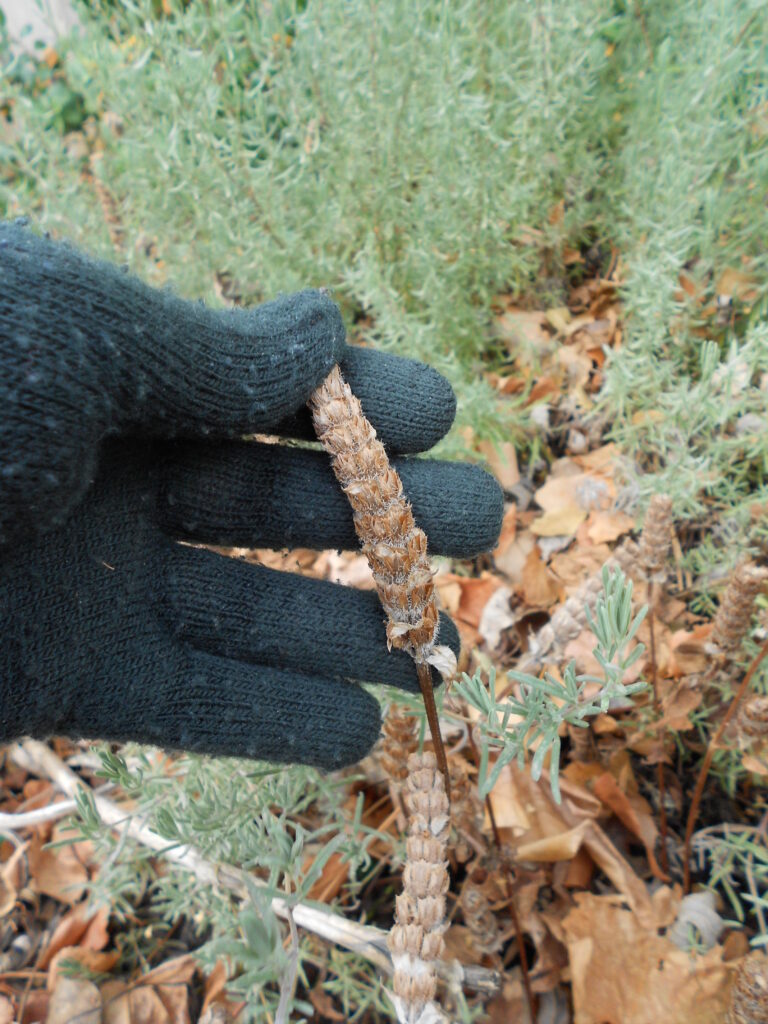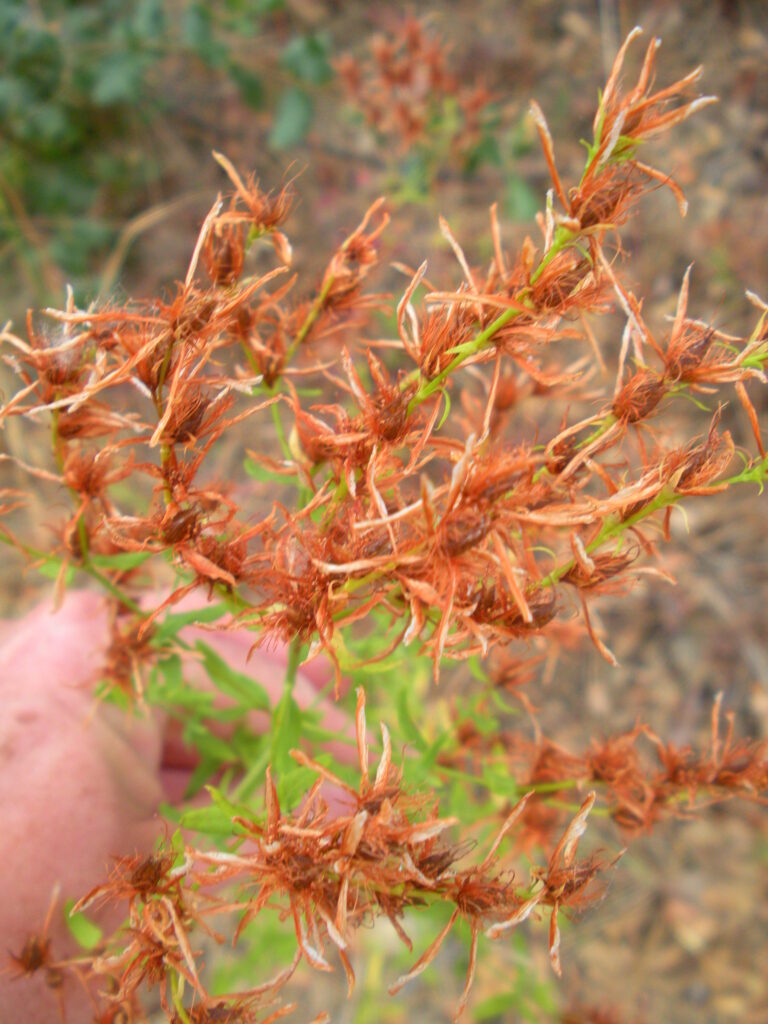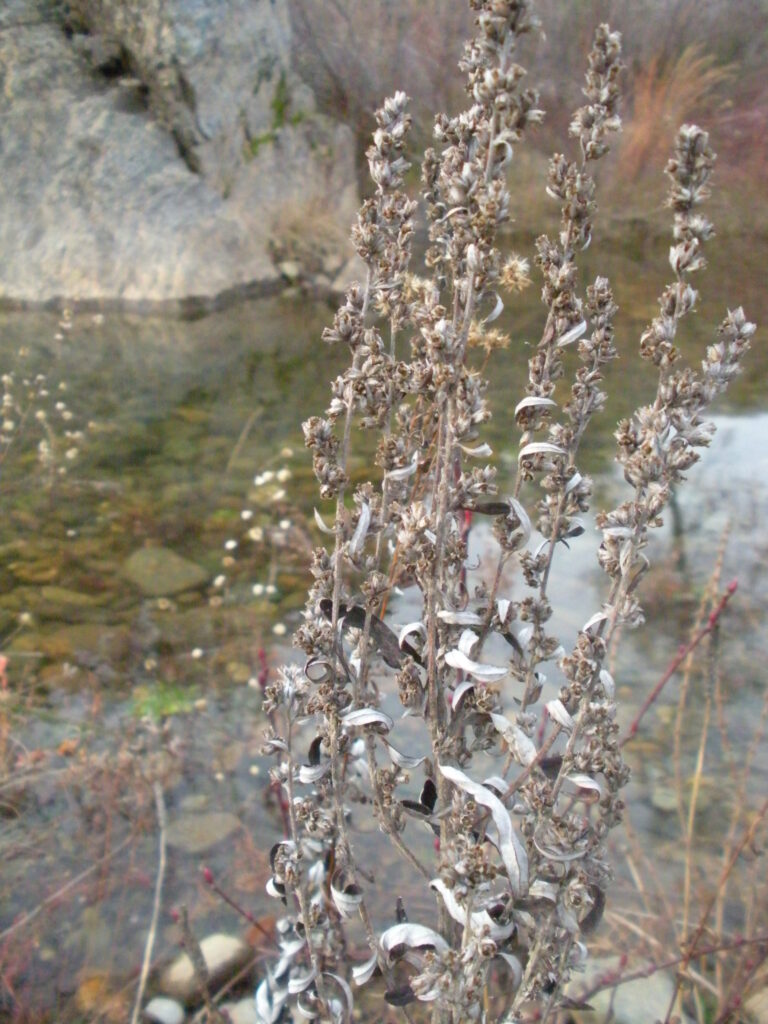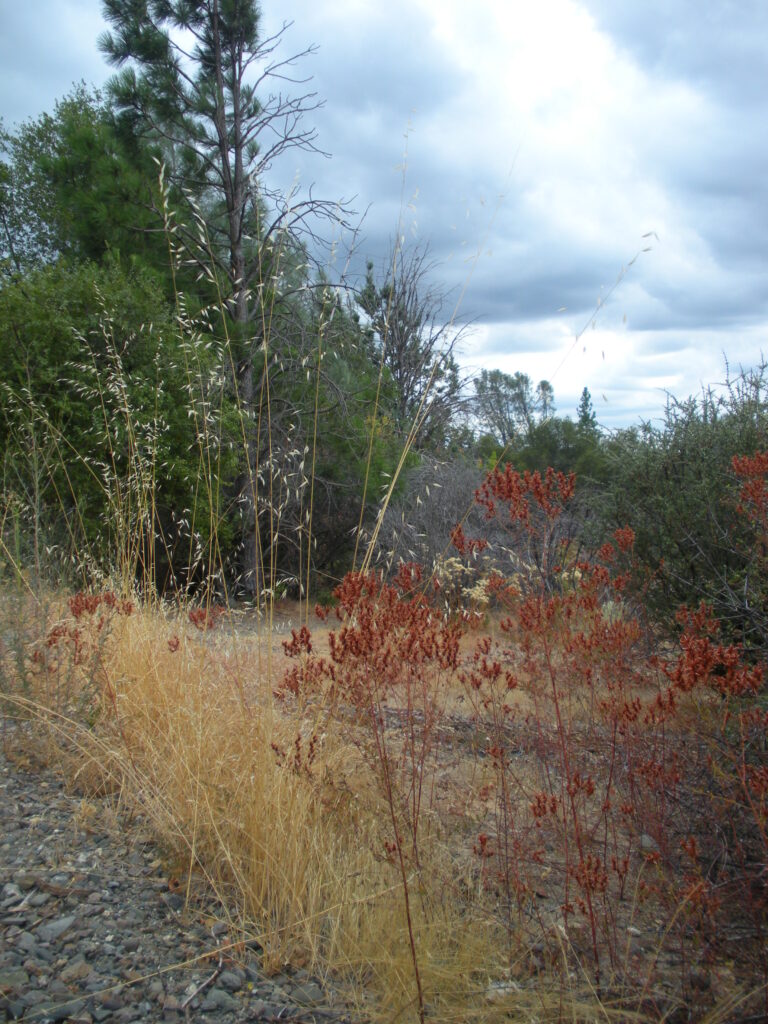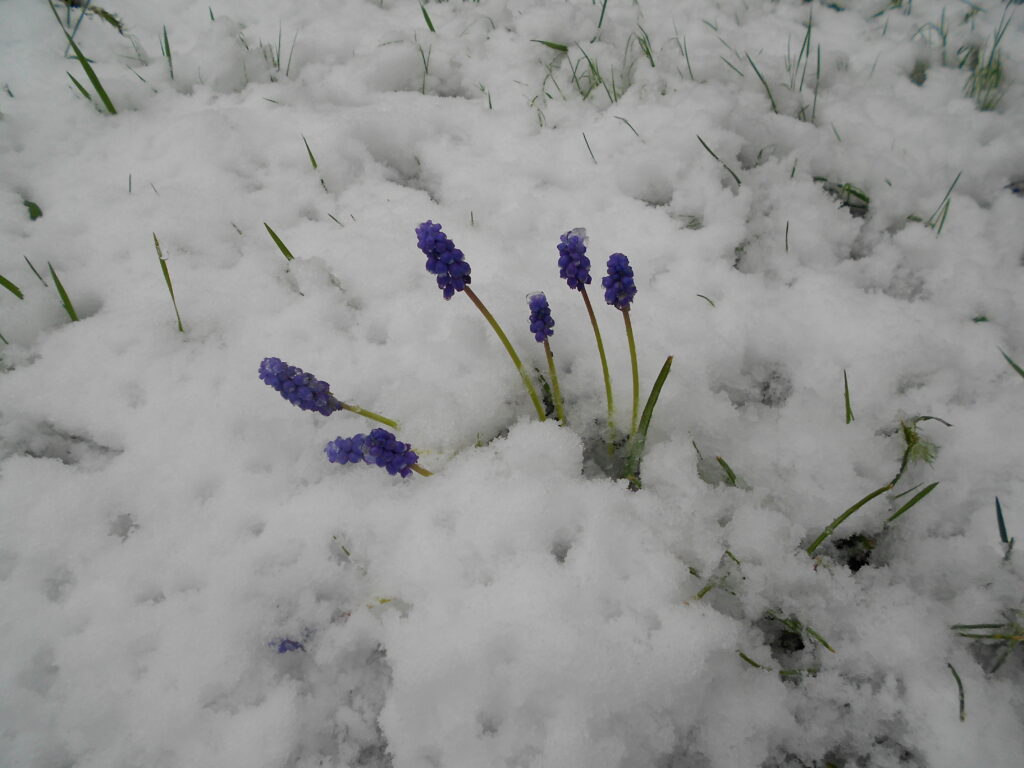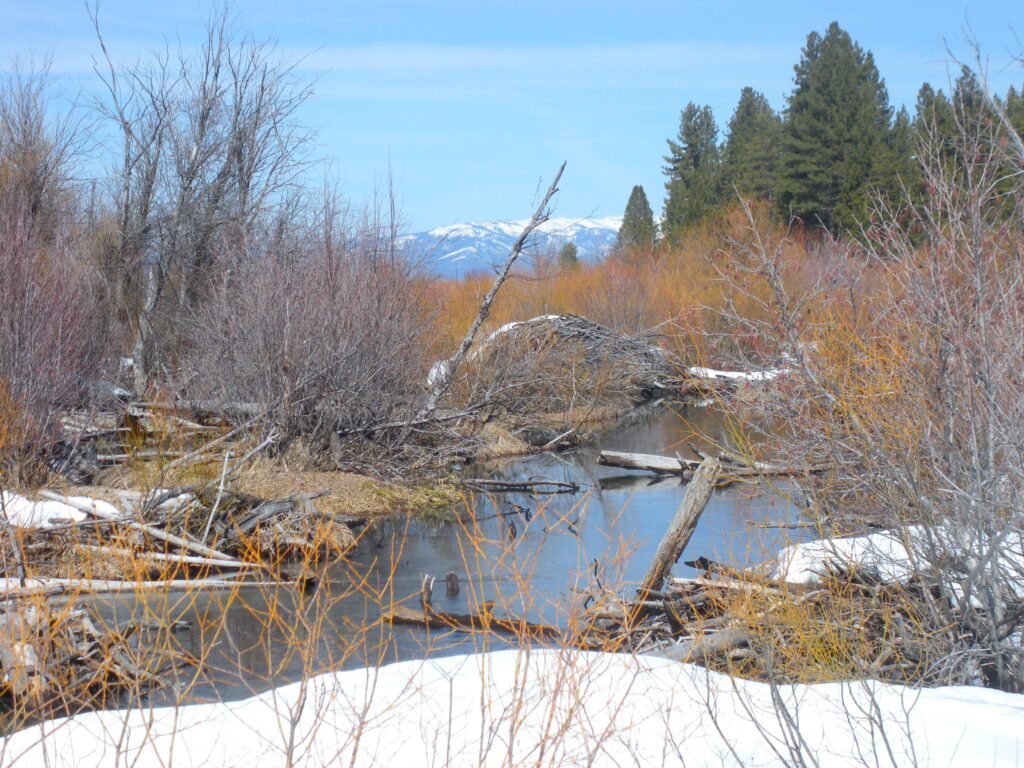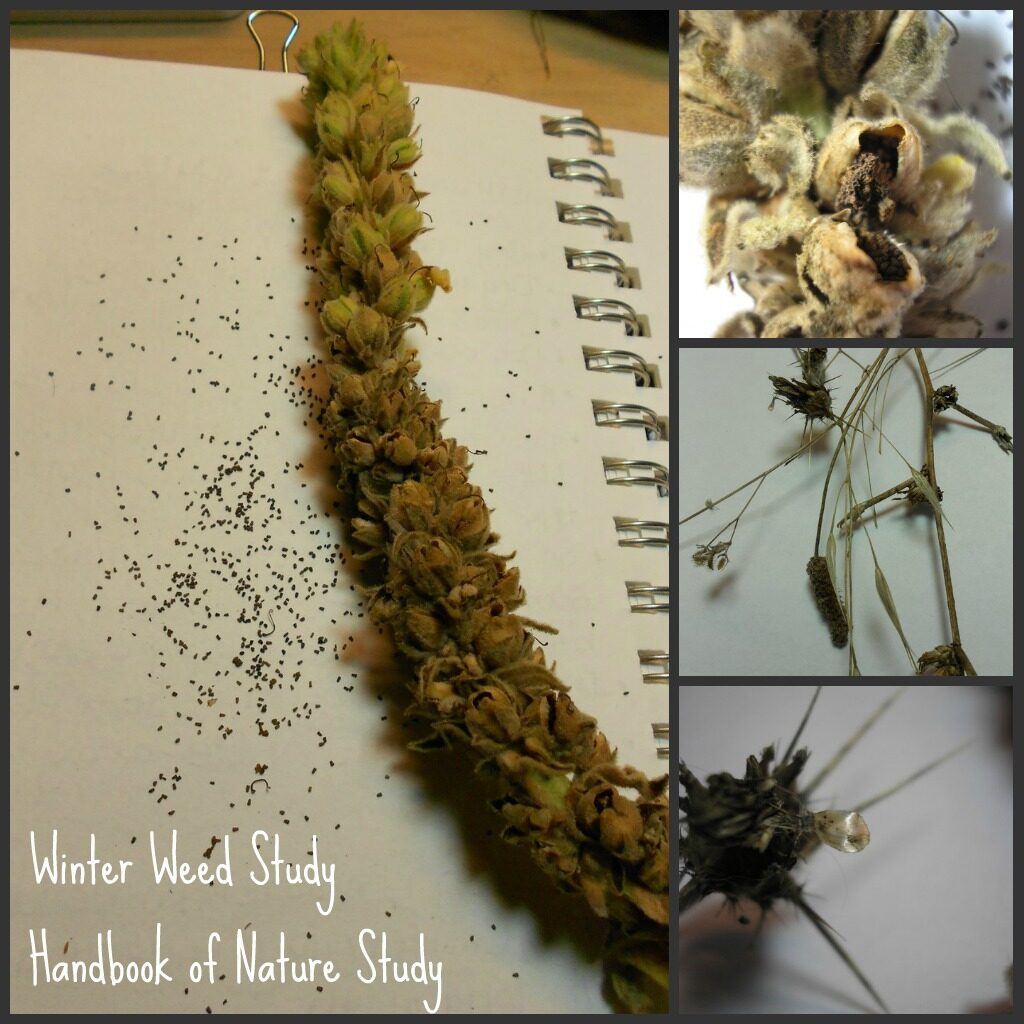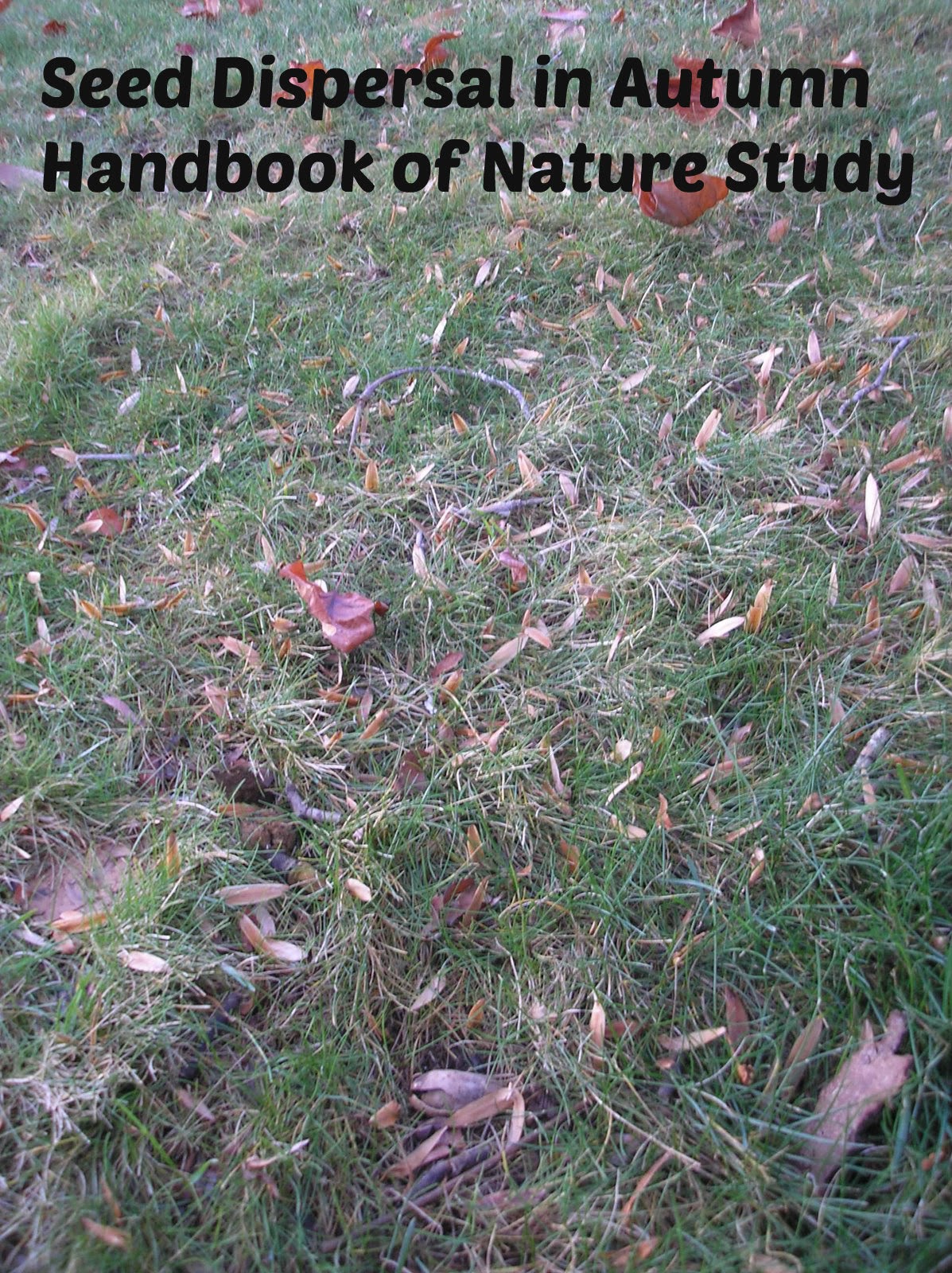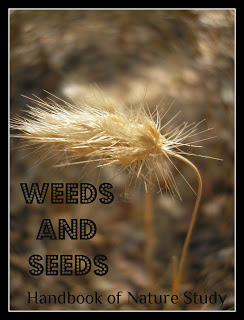Trees are such a part of our life and there are quite a few growing in our yard that delight us during the different seasons. In the past, we chose an oak and then the sweet gum tree to study for a complete year.
We talked it over and decided that our new year-long tree study as part of the Outdoor Hour Challenges will focus on a Tuliptree in our front yard. I was leaning more towards studying the Chinese pistache that is actually in our neighbor’s yard but so close to the fence line that it might as well be in our yard.
The boys campaigned for the Tulip tree and since the whole point is to get them enthusiastic about a tree, we will go with their choice. The photo above shows the top of the tuliptree and to the right of it is our magnolia. The tuliptree is much taller than any other tree in the front yard and gives us lots of shade in the summer.
We talked about the tree for a few minutes before we headed out the door to spend our Outdoor Hour Challenge time observing our new tree friend. We talked about how the robins like to sing from the top of the tree, how the seeds are like helicopters, and how tall the tree is growing. One son added that he likes the tree but it is one of the biggest producers of leaves and soon it will mean lots of raking and composting. I shared how I remembered the blossoms on the tree and the humming of the bees last spring. We already knew quite a bit about our tree so we were anxious to see if we could learn anything new.
We took photos of our Tulip tree and gathered a few leaves to put into the flower press. A journal entry was made so we can compare with our winter study.
Most of the leaves are shaped like this……
But there were some that were shaped like this……
We were wondering why the leaves on the same tree are shaped so differently…..any guesses?
Many of the leaves have fallen already and there are quite a few turning yellow-orange-brown as well.
This is the fruit that turns to the seeds….great helicopter seeds that fall by the thousands.
How about that bark? It has the fluffy green lichen and the flat bright orange lichen as well.
We actually had a squirrel friend spend some time in our tree this afternoon.
This was a great start to our new tree study and this tree will be easy to keep track of since I can see it from my bedroom window. I love watching the shadows of the branches and leaves on the blinds. It makes a great swishing sound in the summer when the breeze blows and during winter storms it has a sway and a creaking sound as it bends in the wind.
We will try to spend some time this week watching as the leaves start to really fall and before you know it, this tree will be bare. 🙂














